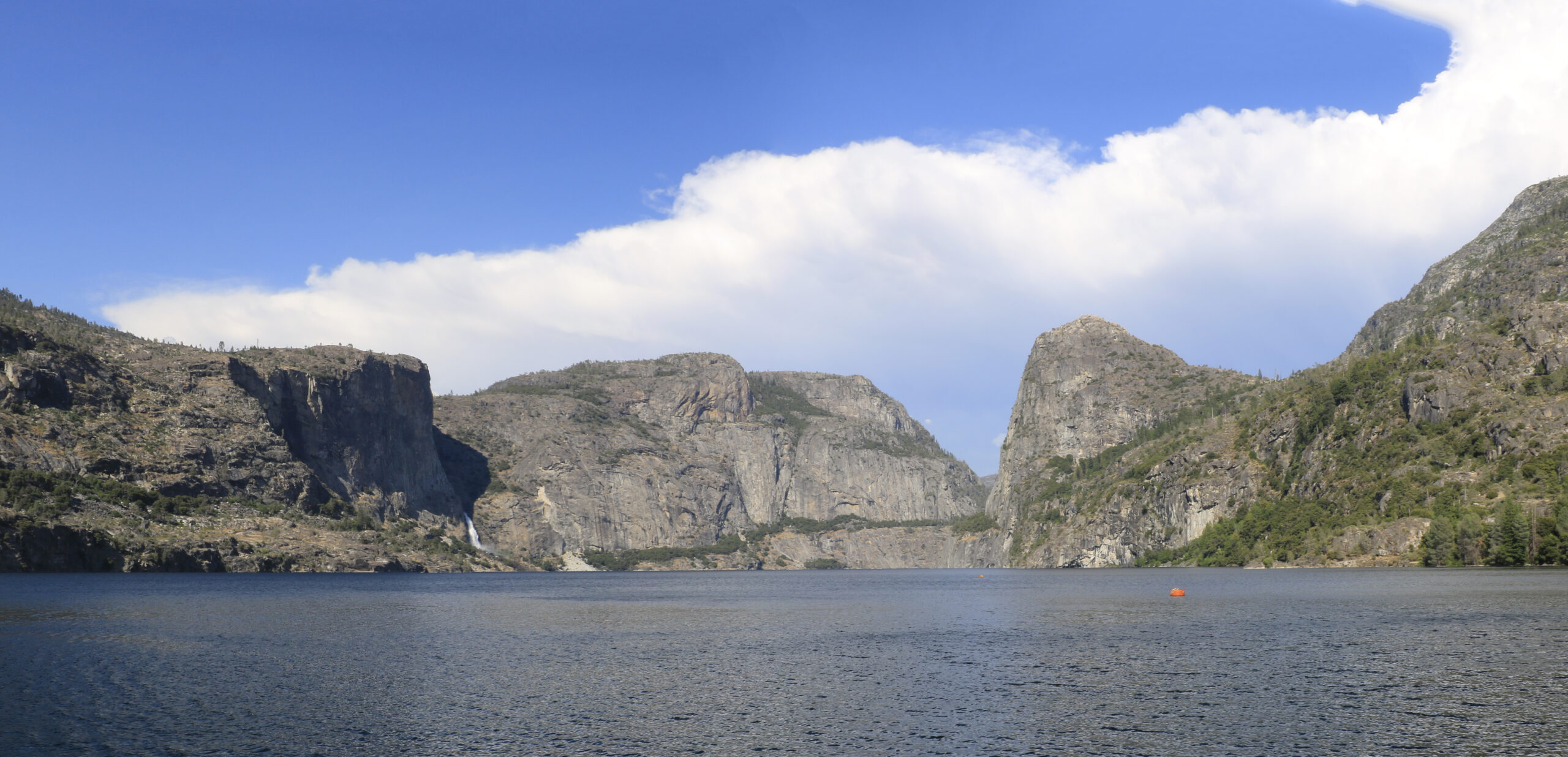
Erosion caused by wildfires has been increasing since the 1980s, with most topsoil sediment produced in the last decade, a new JGR Earth Surface study finds. Credit: Wikimedia Commons/ Vulpinus2/ CCA BY-SA 4.0
AGU News
Press registration for AGU’s Annual Meeting is open! The meeting will be held in Washington, D.C. from 9-13 December. Complimentary registration is available for journalists, journalism students, press officers, and institutional writers covering the meeting. Discounted housing is available through 11 November, but rooms are filling up quickly. [register here][eligibility][AGU24 press center][hotel information]
Featured Research
Wildfires dump sediment into California’s already stressed water reservoirs
Wildfires reduce the amount of vegetation on hillslopes, increasing erosion when it rains. New research finds that hills in California have been eroding more after wildfires since the 1980s, especially upstream of reservoirs, which could muddy the state’s clean water supply. [JGR Earth Surface study] [USGS press release]
Comprehensive report finds European emissions reductions are hampered by land use changes
Europe successfully controlled its greenhouse gas emissions between 2010-2020. However, the land’s ability to take up carbon dioxide has also decreased since the early 2000s, especially in Scandinavia due to mature forest cutting. In contrast, sink capacity has actually increased in parts of Eastern Europe and Northern Spain. Highlights include:
- Europe emits a net 3.9 billion tons of carbon dioxide equivalents each year, 85% of which is from fossil fuel combustion
- European emissions declined by 1.2 billion tons of carbon dioxide equivalents between 2010-2020, due to decreases in fossil fuel use
- While the land absorbs 0.9 billion tons of carbon dioxide equivalents each year, its sink capacity has decreased since the 2000s [Global Biogeochemical Cycles study]
Trees are increasingly vulnerable to precipitation changes
Trees are becoming more sensitive to both increases and decreases in precipitation, which could increase tree death. Since 1950, trees in both moist and dry environments have become more sensitive to changes in precipitation and increasing carbon dioxide levels. [Geophysical Research Letters study]
Black, Hispanic communities in rural and urban areas face most PM2.5 exposure
Exposure to air pollution is linked to a wide range of poor health outcomes. An analysis of PM2.5 air pollution across the United States found that rural areas generally had lower levels than urban areas, and that both urban and rural areas that were majority Black, Hispanic and in poverty had worse air pollution than other areas. [GeoHealth study]
Human activities are causing additional land subsidence and potential flooding along the Gulf Coast
The Gulf Coast is already prone to flooding from storm surges. New analysis of coastal land subsidence reveals widespread millimeter-scale subsidence from oil and gas production, groundwater pumping and wetland loss that could dramatically increase flooding along the coast. [JGR Earth Surface study]
Northern Hemisphere lakes could lose up to 28 days of ice cover by end of century
New research analyzed community science data across 15 countries from 1971-2020 and found that lake ice cover has decreased by an average of nine days per decade. By the end of the century, lake ice cover could decrease by 10-28 days annually depending on climate warming scenarios. [Water Resources Research study]
Marine cloud brightening geoengineering in the Pacific could cool Africa
A form of geoengineering in which salt aerosols are injected into the atmosphere could have far-reaching consequences. A new study finds that marine cloud brightening deployed over the Southeast Pacific could cool Africa, blunting extreme drought and precipitation. [JGR Atmospheres study]
###